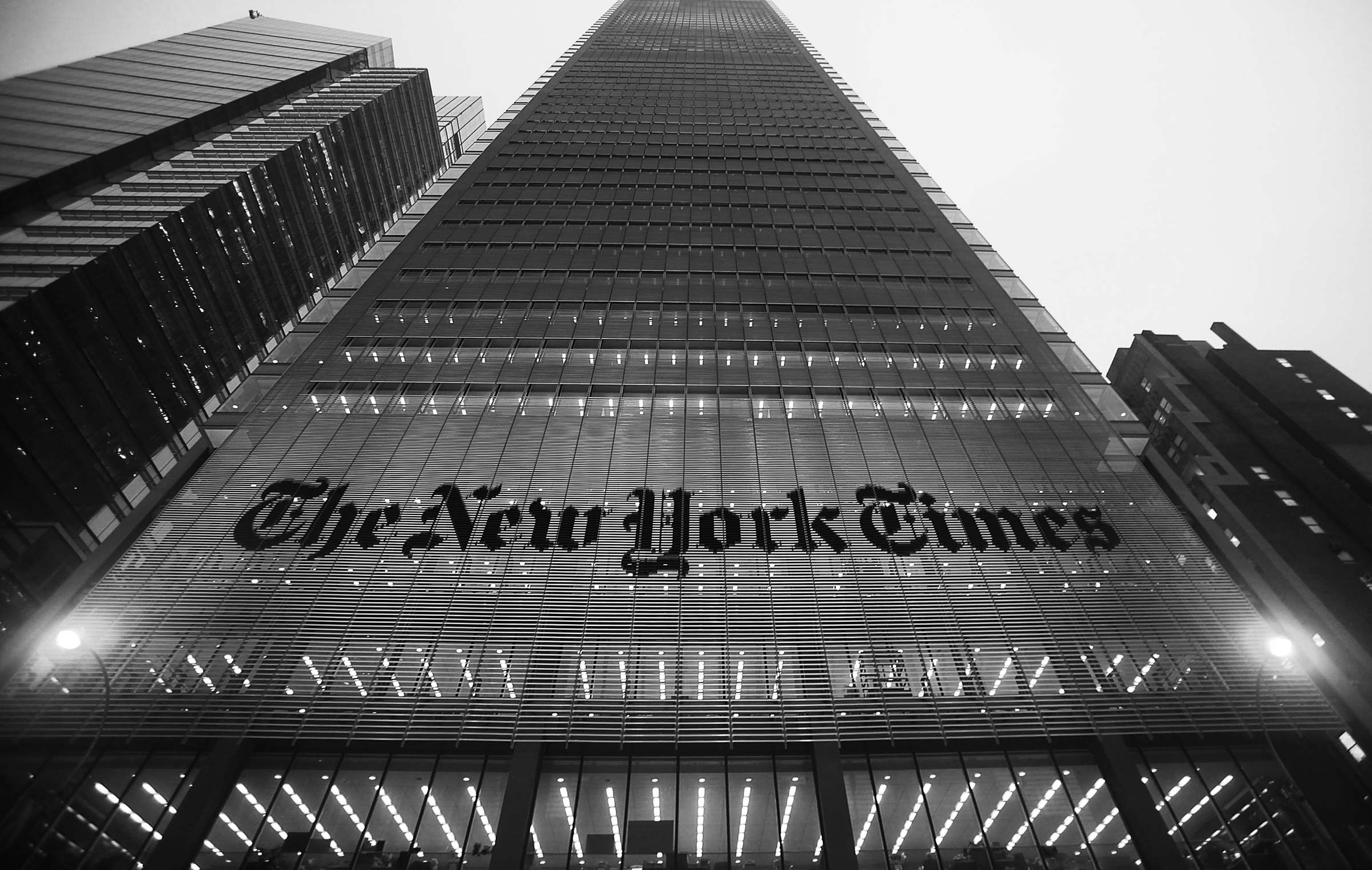The migration from traditional display in mobile continues. Defined mostly as banner ads, we’ve seen a palpable backlash to their saturation, poor targeting and obtrusiveness. This has fueled the ad blocker movement.
The latest evidence is seen in comments from New York Times execs. “Traditional display” occupies a dwindling share of its digital ad revenue, which aligns with our mobile ad forecast, right down to the terminology.
From Poynter:
President and CEO Mark Thompson said that in recent months “traditional display” like banners have accounted for less than half of digital ad revenue.
Audience and advertisers are moving quickly to smartphone mobile and with different kinds of campaigns. In the transition, the company recorded a 7 percent quarterly loss year-to-year in digital advertising revenue.
But Thompson said that he expects “double-digit growth” to resume in the second half of the year.
He and top ad executive Meredith Kopit Levien said that advertisers are opting for sponsored content and placements alongside novel storytelling formats like virtual reality. So varied presentation has become a priority for the news side.
The movement towards content marketing also aligns nicely with our mobile forecast. We’re predicting lots of growth in cleverly integrated content marketing and native/social advertising such as Snapchat Stories.
Some of this stems from millennials’ distrust of traditional advertising. They prefer narratives that are genuine versus contrived or didactic. The latter is a mark of American advertising, going back to the Mad Men era.
That means the buy and sell sides of the ad world — advertisers, agencies, publishers, adtech — will have to shake habits and rethink strategies for a new breed of consumer, technology and most of all, medium.
And that doesn’t mean “mobile.” I mean getting ahead of emerging media — the stuff I often hear people say is “too early” such as conversational commerce and VR/AR. Those same attitudes missed the last two revolutions.
For media companies hoping to avoid the “groundhog day” fate, and instead break the repetitive cycle of late adoption, it’s time to start experimenting. The first step: form independent and empowered innovation labs.
“Independent” and “empowered” are the operative words — the only ways to avoid culture clash and innovator’s dilemma. The good news: Most of your competitors won’t do this so there’s an opportunity for differentiation.

